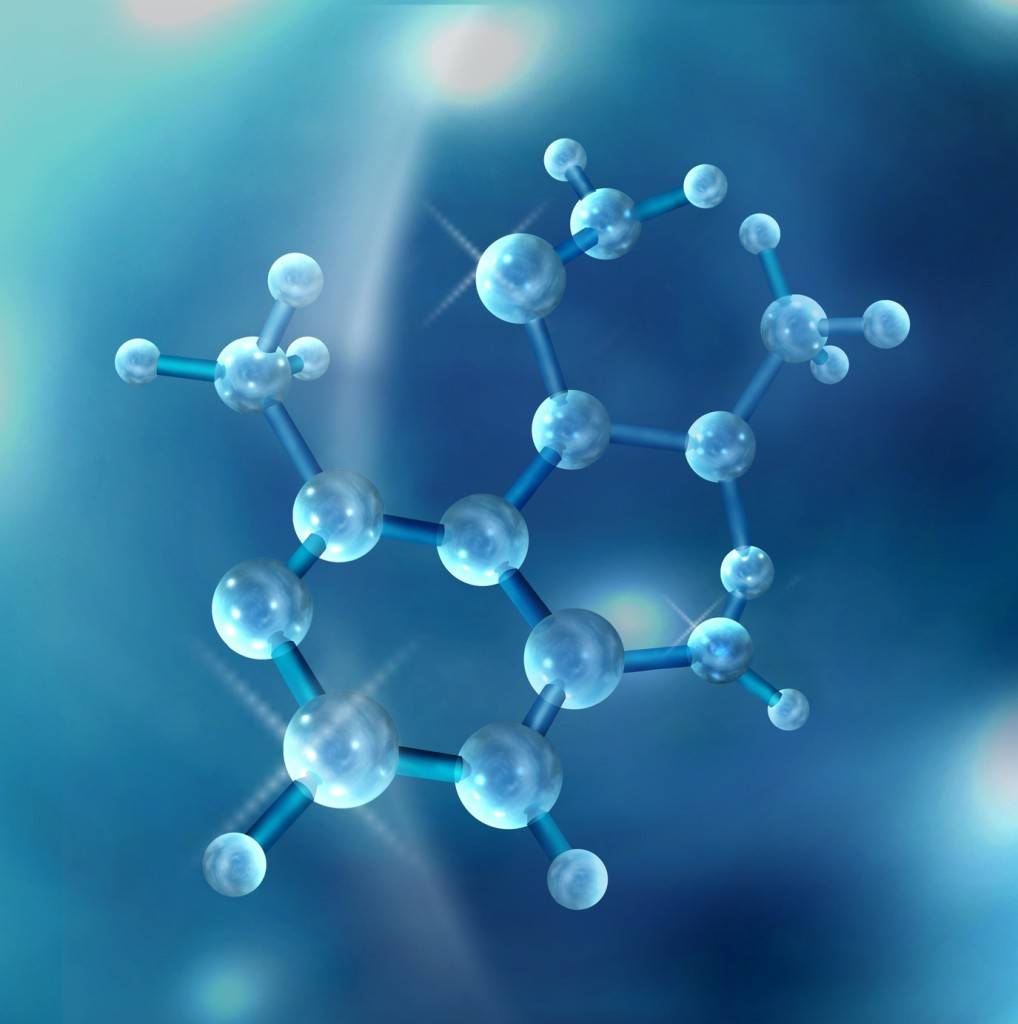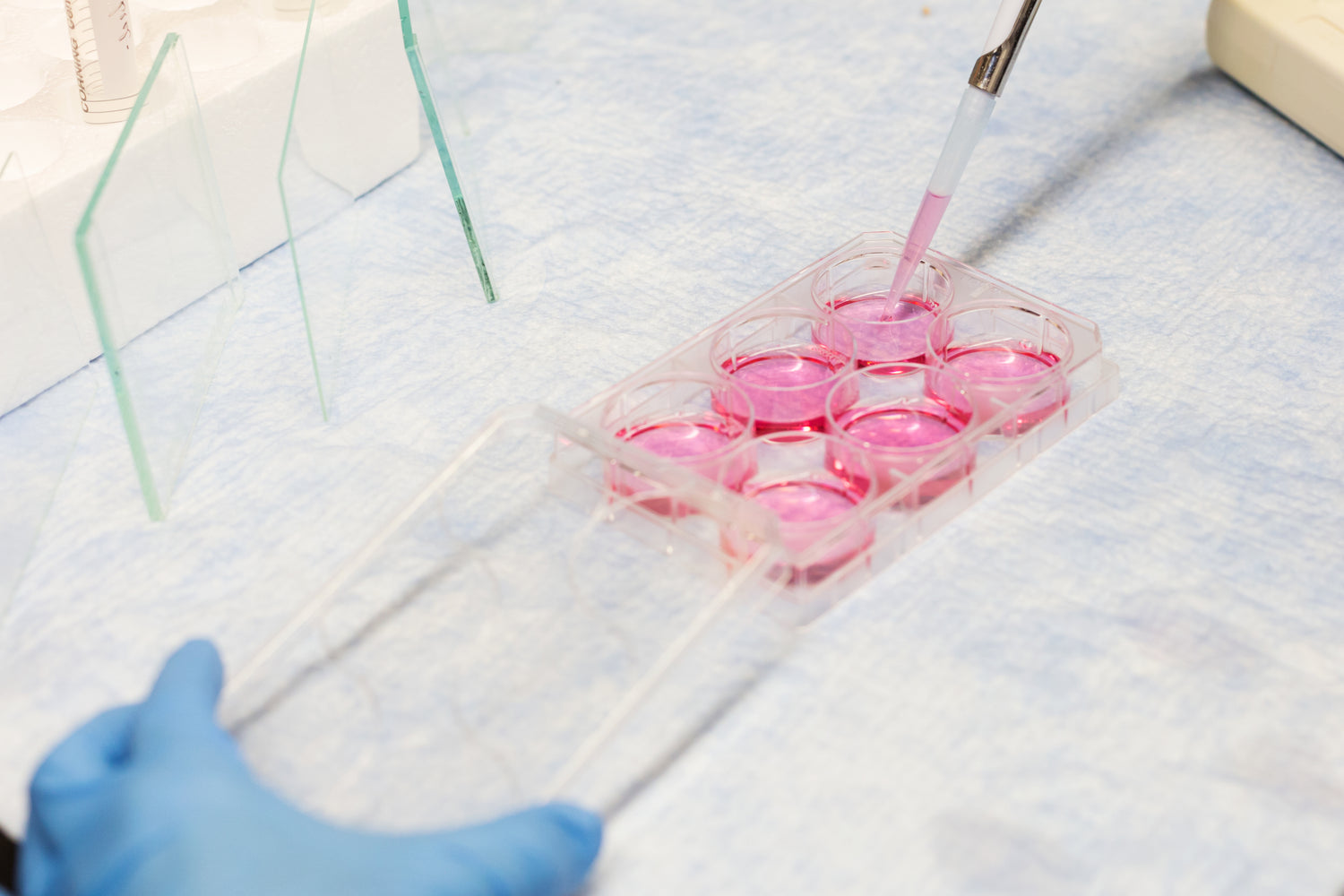Ultrasonic cell lysis utilizes the cavitation effect. The ultrasonic processor sends out 20-25kHz high-frequency sound waves, which causes the cell suspension to produce alternating high and low pressure areas. Bubbles form and grow in the low pressure area, and collapse in the high pressure area, resulting in high temperature, high pressure and strong shear force, destroying the cell membrane. In addition, the mechanical vibration of ultrasound also acts directly on the cells, promoting lysis.
Adherent cells need to be treated with trypsin and centrifuged. Suspended cells can be directly centrifuged and then re-suspended in a suitable buffer to maintain osmotic pressure and pH and protect biomolecular activity. The container containing the cell suspension is placed under the probe, the probe immersion depth is adjusted, and the power, time, pulse mode and other parameters are set.

Ultrasonic cell lysis is efficient and can process a large number of samples in a short time. It is widely applicable to both prokaryotic and eukaryotic cells. Strong controllability, can accurately adjust the degree of cracking. The sample size of single processing is small, and multiple operations are needed to cope with large-scale needs. The ultrasonic process is easy to produce heat, resulting in biomolecular degeneration. High quality ultrasound processors are expensive and increase laboratory costs.
Obtain intracellular proteins for isolation, identification and quantitative analysis, and explore the physiological functions and disease mechanisms of cells.
Plasmid deoxyribonucleic acid was extracted from bacteria or yeast cells to provide materials for gene cloning, expression and other experiments.
In the future, ultrasonic processors will develop intelligently and automatically optimize parameters; Combined with microfluidic technology, the microsamples can be split and analyzed efficiently. Integrate with other novel cell lysis technologies to provide stronger support for life science research.








